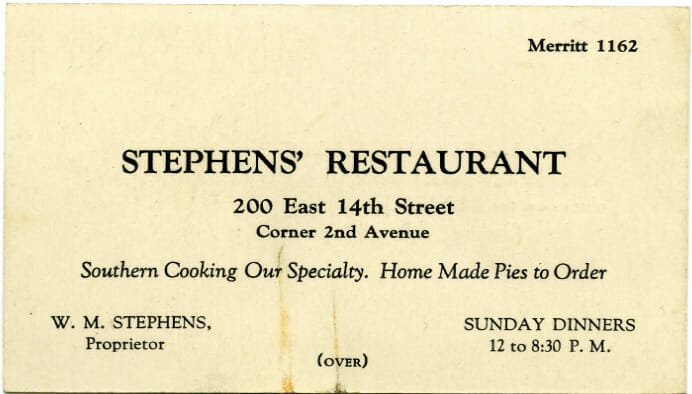Ostrich farming was promoted as a sound investment over a century ago.
The farms, well documented on postcards, and were tourist attractions.
Ostriches were brought to the United States in the early 1880s from Africa. In the wild, they lived in warm, dry climates. Southern California seemed to have conditions similar to their natural African environment. By the late 1890s, there were eight locations in Los Angeles, Orange, and San Deigo counties.

The popularity of feathers in women’s fashion made raising the birds an attractive investment.
Farm in Oakland

In the fall of 1907, San Francisco newspapers ran an ad campaign for stock investment in an ostrich farm in Oakland.

In July of 1908, W.H.” Harvey” Bentley of the Bentley Ostrich Farm in San Diego County announced the opening of a branch in the Elmhurst District (sometimes Fruitvale) of Oakland at East 14th and High Street.

Photographer: Cheney Photo Advertising Company c 1913
It opened on August 30th of 1908. It featured birds named Mr. and Mrs “George Dewey” (Admiral at the battle of Manila Bay) and the other Spanish American War hero from the Cuba campaign, “Fighting Bob” Evans commander of the Great White Fleet.

Forty-six birds compromised the original herd.

In 1910 it was announced that the addition of a factory to their local salesroom and yards. Which meant the hats were made in Oakland and not San Diego. For the years 1907 to 1911, ostrich plumage on women’s hats was at its peak and all the rage.

Photographer: Cheney Photo Advertising Company c 1911
New Name
In January of 1912, the owner of the Bently Ostrich Farm, was killed in an auto accident near the San Diego farm.

His son sold the farm to a group of Oakland investors.

Souvenir Publishing Co 1915
The name was changed to Golden State Ostrich Farm in 1913.

The farm had spacious ground floor offices and salesroom. In the sales there was a magnificent display of plumes in all sizes, prices and colors.

Collection: Selections from the Collections of the Oakland History Room and the Maps Division of the Oakland Public Library
Date of access: May 31 2020 10:32
Permalink: https://calisphere.org/item/ark:/13030/kt0p3022h1/
With the coming of World War I, as American and European women entered the workforce, utilitarian clothing replaced the flamboyant fashions of the early 1900s. Broader hats were pinned up with a broach or artificial flower.

Plucking is Painless”
Oakland Tribune May 01, 1952
The bird is shoved into a corner by several men. A hood is placed over the birds head. The plume is cut leaving about an inch of quill in the flesh. The quill would soon fall out.
Bankruptcy
Golden State Ostrich Farm in Oakland filed for bankruptcy in early 1915.
“Whole Ostrich for the Price of a Feather”
The press announcement said it was now cheaper to buy the entire ostrich than the amount once paid for the feathers to adorn a hat.

The ostrich farms in northern California had all but failed by 1915. The “industry” had a brief heyday, and in the end, defeat by war and a significant fashion change in hats.











































































































































